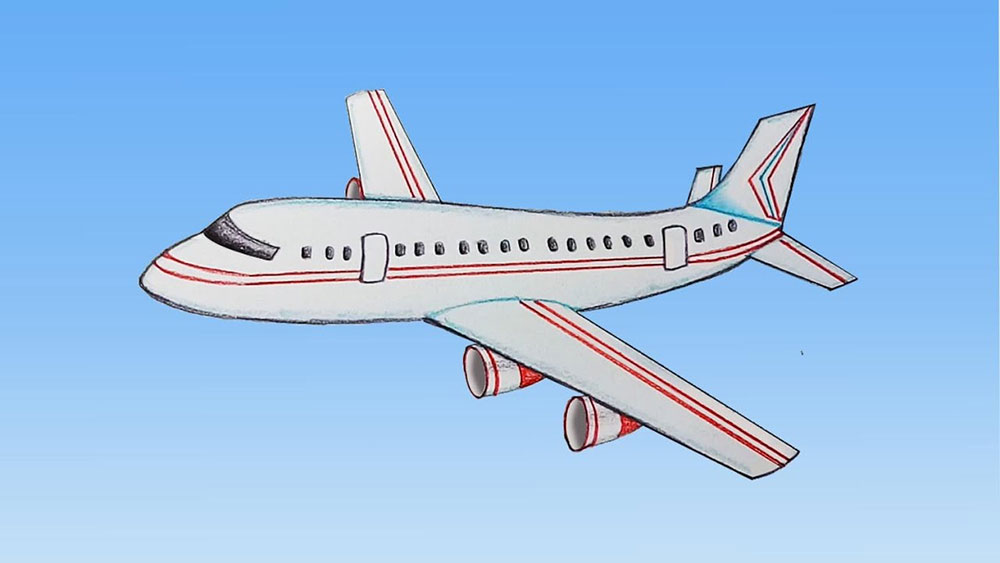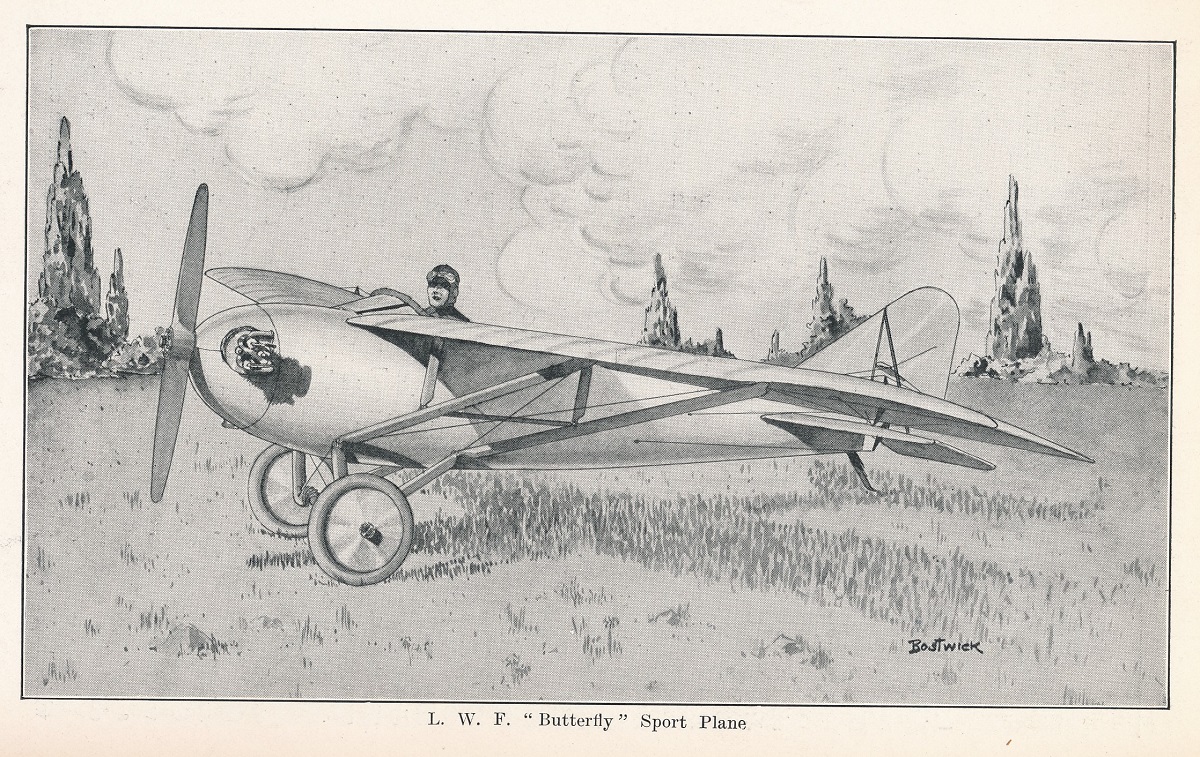

Artists such as Charles Sheeler, Elsie Driggs, Ralston Crawford, and Louis Lozowick, as well as Demuth, distanced themselves from European influences by selecting subjects from the American landscape and regional American culture. In other respects, however, the Precisionists defined themselves as distinctively American artists.

Charles Demuth adapted Cubism‘s geometric simplifications and faceted, overlapping planes ( 1984.433.156), while Morton Schamberg can be linked to Dada through his use of machinery as nontraditional subject matter (68.115.1). The Precisionists borrowed freely from recent movements in European art, including Purism’s call to visual order and clarity and Futurism’s celebration of technology and expression of speed through dynamic compositions. Their paintings, drawings, and prints also showed the influence of recent work by American photographers, such as Paul Strand, who were utilizing sharp focus and lighting, unexpected viewpoints and cropping, and emphasis on the abstract form of the subject. They consistently reduced their compositions to simple shapes and underlying geometrical structures, with clear outlines, minimal detail, and smooth handling of surfaces. Around 1920, a number of artists in the United States began experimenting with a highly controlled approach to technique and form. The artists who came to be known as the Precisionists never formally organized themselves as a group or issued a manifesto rather, they were associated through their common style and subjects.


 0 kommentar(er)
0 kommentar(er)
